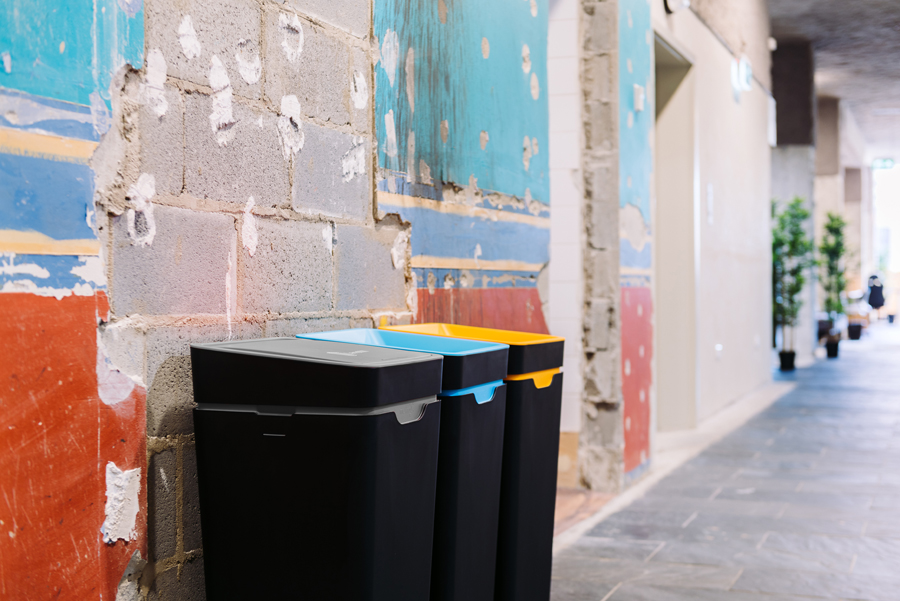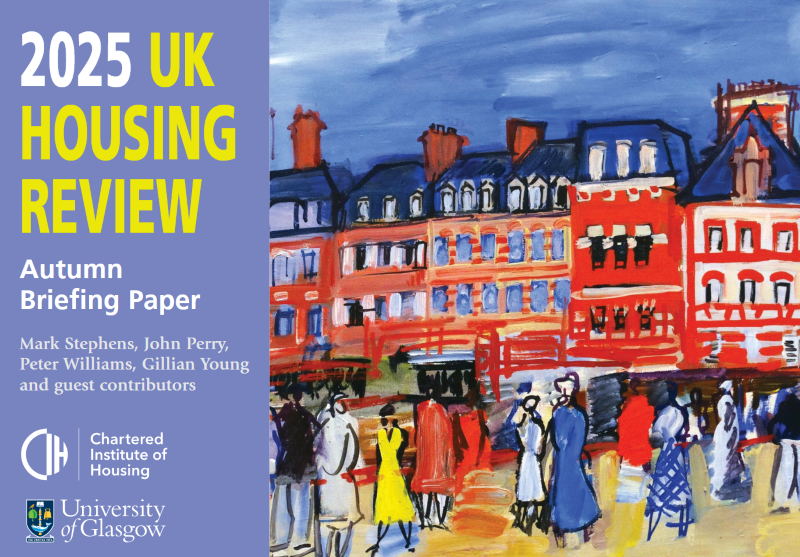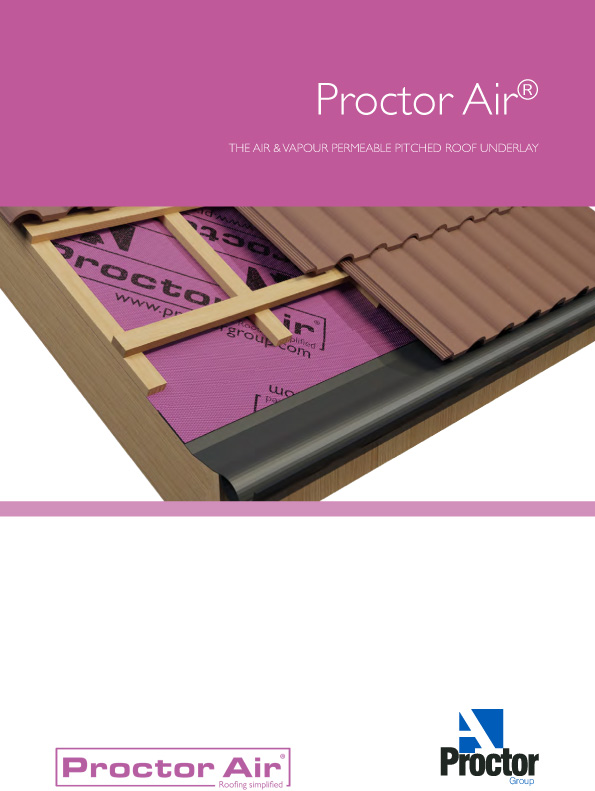Method have redesigned recycling. Their
innovative bins and leading philosophy of Open Plan Recycling have made
recycling, waste and sustainable practice part of a buildings DNA. The system
saves organisations time and money, while they recycle more and waste less.
Recently the organisation announced that moving
forward the black components of their bins would be made of at least 50%
recycled materials. Often introducing recycled materials is perceived to be a
simple integration, however, recycled materials are highly varied by nature.
Throughout the process, Method focused on maintaining the quality and
durability of their products as well as considering what happens to the bins at
the end of their life.
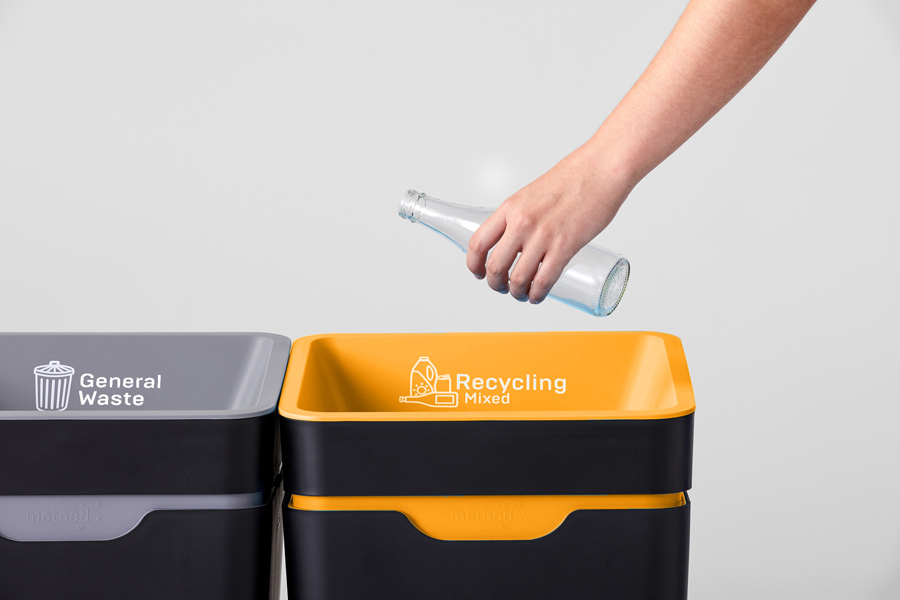
While Method had received some criticism for making
a product out of virgin polypropylene, it was fully recyclable and the bins
made of recycled materials needed to be also. Unfortunately, products that are
made of recycled plastic are often not recyclable at the end of their life.
The company believed in their considered design
process which has resulted in great success. Their new bins are still fully
recyclable indefinitely while maintaining their quality, meaning that once
recycled they can become new bins.
Method believes this is an exciting but ultimately
small step in the development of their products.
At its core Method works to facilitate the
circular economy, keeping materials in use for as long as possible. So it’s
great to see the bins capturing the materials to produce their own products and
the journey isn’t over yet. Methods internal research and development and
sustainability teams will continuously work with suppliers and manufacturers to
establish the supply and infrastructure in the aim to reach 100% recycled
content.
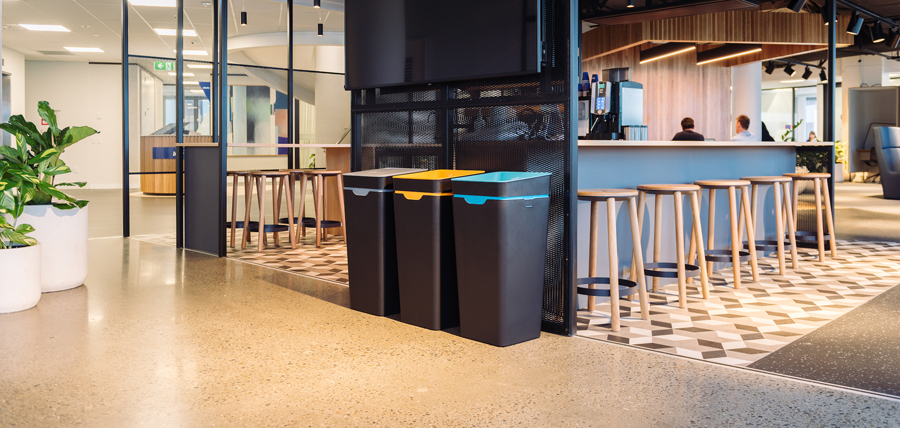
Method’s recycling stations were designed to
source separate waste and recyclables. Source separation is important to
maintain the quality of recycled materials, such as to stop shattered glass
contaminating paper materials, as this can severely damage the machinery. This
is why Methods bins engineer behaviour change with colour-coded lids and clear
icons to help users to accurately sort their waste.
Method’s good looking recycling bins are helping
organisations to recycle more and waste less in facilities around the world.
From stadiums such as the Sydney Cricket Ground to large co-working spaces such
as The Office Group - Method’s recycling stations are a featured part of a
building's design, acting as a visible statement of an organisations commitment
to sustainability.
Canva, the design giant, introduced Method bins
into their offices as they work towards some lofty sustainability goals. They
continue to scale quickly around the world and needed a good looking recycling
and waste solution that was easy to implement and maintain.
“Method’s beautiful bins allow the sometimes
daunting task of having four waste and recycling options to be manageable and
scalable across our ever expanding offices.”
Improve the environmental footprint of your next
sustainable design by making recycling a part of the furniture. Find out more
about Method - www.methodrecycling.com
